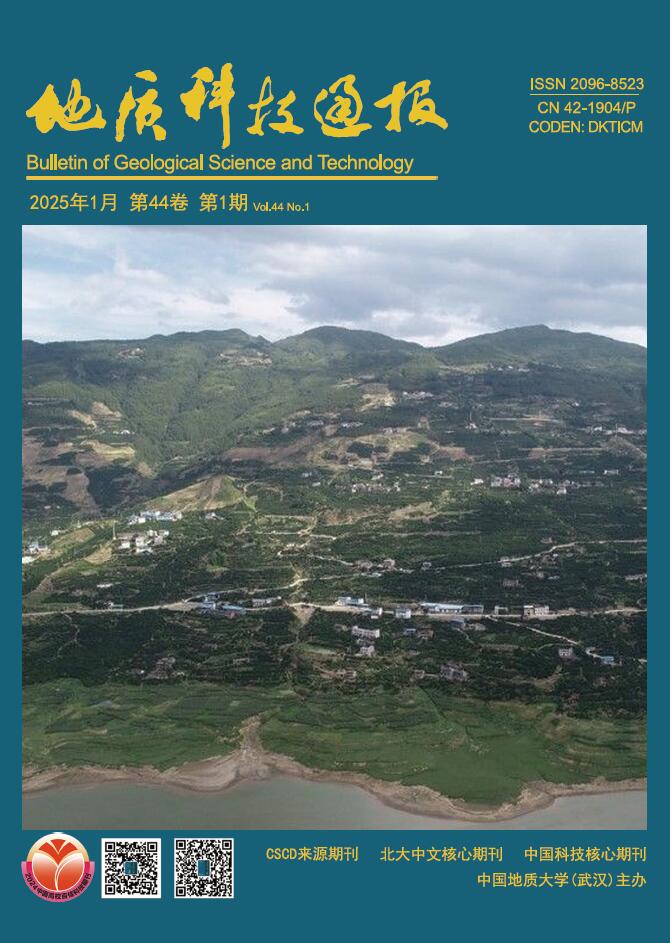Abstract:
Because the images could display the physical characteristics and their surface morphology of geological structures intuitively and make up for the limitations of field investigation, remote sensing technology is favored by many geoscientists in the field of mineralization environment identification and resource evaluation. The paper took the leucogranite-type uranium metallogenic area in Gaudeanmus, Namibia as the research area, carried out the information enhancement of images such as color composition, texture information extraction, optical and radar image fusion, and constructed the marks for fault identification from stratum, leucogranite bodies, structure, geomorphology, water system, vegetation and so on, based on the multi-source remote sensing data of ETM+ and Radarsat-2.Leucogranite bodies and layers were cut or folded to form a vault.The landform appeared as a tectonic fracture, silicification, kaolinization, potassic alteration, calcitization, chloritization and were developed. Furthermore, the paper identified the partly outcropping and partly buried fault named Qiansuilan that was the largest and most important ore-controlled fault in the region, based on the fault identification marks and method. Furthermore, it was proposed innovatively that the Qiansuilan fault was not a group of faults in the area, but a fault zone consisting of three groups of faults named the northern, central and southern faults zone. Combined with the fault identification feature exposed in the field and ore-controlling analysis, the Qiansuilan fault existed truly and it controlled the occurrence of leucogranite rich in uranium and uranium mineralization in the area.







